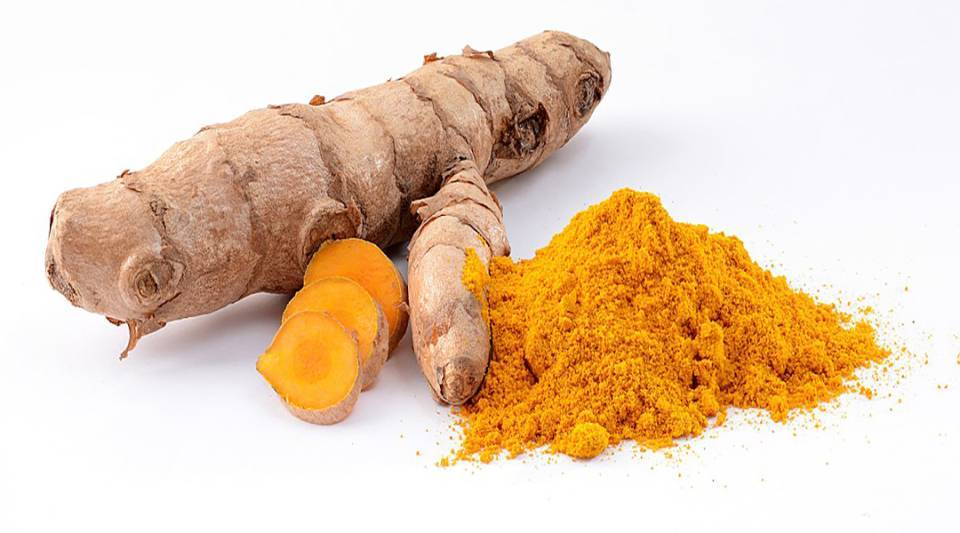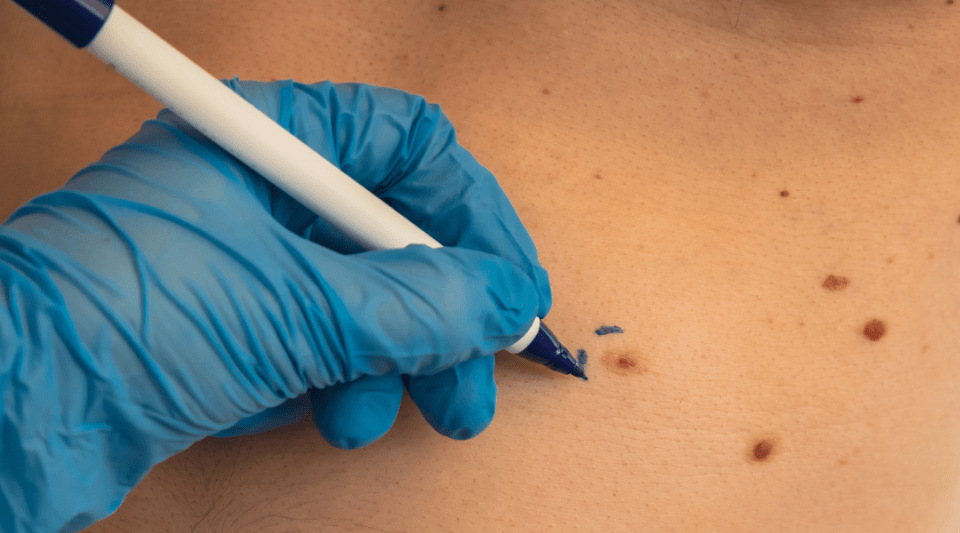Curcumin contains polyphenols, which are substances that act at the cellular level on inflammation and oxidation, alleviating the effects of pathologies such as arthritis, anxiety, high blood fat levels and metabolic syndrome. Inflammation has been identified as a symptom of other pathologies such as Alzheimer’s disease, Parkinson’s disease, Multiple sclerosis, epilepsy and cancer. It also has positive effects in people without any diagnosed pathology, leading to increased physical performance, concentration and decreased stress.
Curcumin is one of several substances present in turmeric, a yellow-coloured spice found in a flowering plant of the ginger family, native to Asia and Central America. It is also called Indian saffron or golden spice, and is widely used in India in curries. It is used in Japan in tea, in Thailand in cosmetics, in China as a colourant and is currently widely studied in science and medicine for its beneficial effects.
Curcumin acts at the cellular level on inflammation and oxidation, alleviating the effects of pathologies such as arthritis.
Curcumin itself is poorly absorbed during digestion, and rapidly metabolised and eliminated, which is why it has been observed that there are some substances such as piperine that increase the bioavailability of this spice; that is, they help the body to absorb it and thus benefit from its positive effects. Piperine is the substance found in the outer layer of black pepper and is responsible for its pungent taste. The other way to take curcumin is in liposomal form, supplied in capsules which also promote its absorption.
Thus, to consume this substance, it must be in combination with piperine or in liposomal curcumin capsules. However, these substances should be used as a supplement to a healthy and balanced diet, and consumed within a healthy eating framework, such as the Mediterranean diet; and, if taken as medication, should be done so only under doctor’s instructions.
Several studies have reported the positive effects of curcumin in osteoarthritis, a pathology associated with inflammation, where the joint cartilage breaks down, mainly due to ageing or being overweight. This pathology has several therapeutic options, but they often have quite a few side effects. Scientific evidence has shown that a daily dose of 1 g of curcumin for 8-12 weeks reduces the symptoms of osteoarthritis and has a similar effect to ibuprofen in reducing symptoms.
Curcumin relieves muscle pain after physical exercise and improves recovery and performance in active people
Systemic inflammation has been associated with many conditions that affect several systems, one of which is metabolic syndrome (MetS), which includes insulin resistance, hyperglycaemia, hypertension, bad cholesterol (LDL), high triglyceride levels and obesity, especially visceral. In this case, curcumin improves insulin sensitivity, reduces the production of adipose tissue or fat and lowers high blood pressure.
In addition, curcumin relieves muscle pain after physical exercise and improves recovery and performance in active people. Relatively low doses already have positive effects in individuals without diagnosed pathologies. Moreover, studies conducted in healthy adults of 40-60 years of age, given a daily dose of 80 mg of curcumin, showed reduced triglyceride levels and a decrease in salivary amylase, which is an enzyme that functions as a stress biomarker. A decrease in amyloid beta plaques, an age marker, was also observed, as well as an increase in antioxidant enzymes in blood plasma.
In people over the age of 60, curcumin was shown to significantly improve mood, attention and memory performance compared to placebo; and was found to have a potential anti-anxiety effect in a study of obese adults supplemented with curcumin.
Thus, the advantages that curcumin has for the body cannot be ignored. A small amount (half a teaspoonful) taken daily with piperine in dishes such as salads, juices, soups or infusions, or consumed in liposomal curcumin capsules can have benefits for the body in people with or without a previous pathology.




